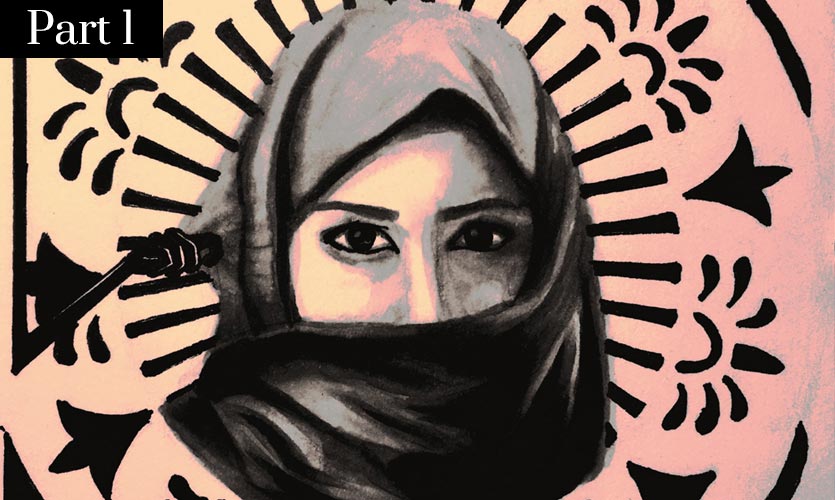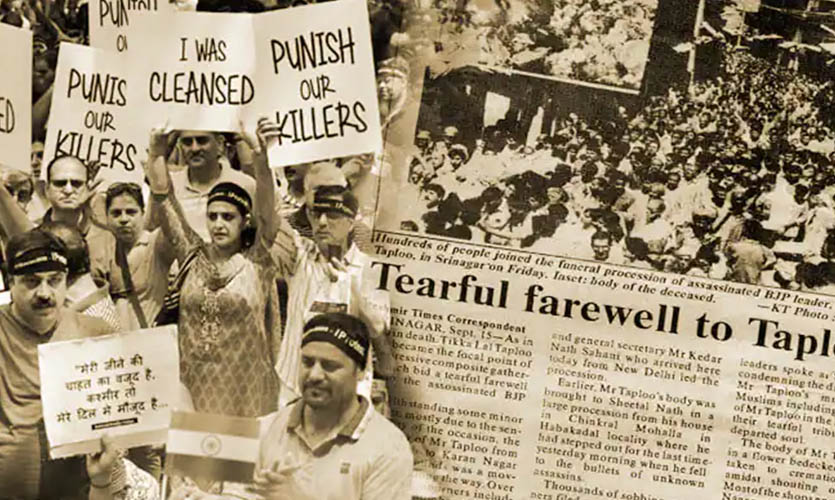The Hijab row taking India by the storm right now is panning out in stark similarity to the ban on the headscarf in public places in France, Belgium, Germany and other western European countries. When the ban was announced in these countries, it opened up a debate on multicultural tolerance in these societies. Post World War II immigrant groups came from societies with different cultural, historical and social backgrounds. Their customs and religious inclinations were in stark contrast to their host countries. Despite these differences, immigrants were expected to assimilate into a society which celebrated the separation of Church and State, freedom of speech as well as freedom of religion. Hence, different cultural groups had the right to practice religion in any manner they deemed fit. In return, western societies expected tolerance and respect towards the values that had come to shape their own liberal societies. It is within this historical context that the ban on the headscarf has taken a new form. Here, we examine the different perspectives of the hijab debate in western societies and lessons that India can take from these different perspectives.
Before we delve into the debate, here’s a brief timeline of events that propelled the hijab controversy pan-India.
On January 1, 2022, Muslim girl students were denied entry into the classroom for wearing a Hijab at the state run PU College in Karnataka’s Udupi. The principal cited the rule to ensure uniformity in classrooms. Subsequently, several students from different colleges in Karnataka sported saffron scarves. There was no conclusion to a meeting set up at PU regarding this issue. The next day, protests erupted outside PU. On January 31 a Muslim girl filed a writ petition in the Karnataka High Court stating that wearing the hijab is a fundamental right. The hijab row spilled over to several districts and Hindu groups reacted by forcing boys to wear saffron shawls. On February 5, the Karnataka government took a stand that educational institutions should follow the existing uniform related rules, until the High Court came out with an order in this regard. On February 8th the matter was first heard by a single judge bench of the Karnataka High Court. On February 9th it was referred to a three judge bench. On February 10th, the bench passed an interim order that hijabs will not be allowed in the classrooms of schools that have a predefined uniform. On February 11th, Senior Advocate Devdutt Kamat representing the petitioners urged the supreme court to take up the matter. The Apex court refused to intervene, the Chief Justice of India said that they will list the matter at the appropriate time. The Karnataka high court has been hearing petitions pertaining to this case ever since.
***
Many academicians have argued for group rights of cultural minorities in western countries. Will Kymlika has suggested that these rights are essentially “part of the right to freedom and therefore profoundly in accord with liberal values.” Within this context, the rights of a Muslim woman to wear a hijab become straightforward. If the hijab does indeed symbolize Islamic values, then the woman is simply using her right to freedom of expression. It can subsequently be extended to her right to practice her religion. Here, any discussion on the headscarf becomes irrelevant. On the other hand, some academicians shed light on the illiberal practices of these cultural groups. These academicians focus on the essence of culture and its compatibility with liberal values. For example, Susan Okin argues that the state must not protect minority groups by giving them special rights. By doing so the state becomes a legitimate apparatus of oppression.
In “Is Multiculturalism Bad for Women?” Okin draws parallels between culture and gender. Firstly, she defines feminism. Secondly, she points out the obvious contradictions between her definition of feminism and the liberal states’s protection of cultural groups. According to Okin, feminism is defined as,
“The belief that women should not be disadvantaged by their sex, that they should be recognised as having dignity with men, and the opportunity to live as fulfilling and as freely chosen lives as men can.”
Despite some ambiguity in this definition, there is essence in it. Without highlighting or prescribing gender stereotypes, it stresses upon the importance of equal opportunities for women, thereby adhering to the values of western feminism. Because of the nature of cultural practices, the hijab is problematic. If we apply Okin’s argument then the headscarf is a barrier for Muslim women to assimilate into western societies. In the interplay between culture and gender, there is a defined role for women legitimized by the customs and practices of the group. Okin emphasis that liberals neglect to recognise the on going gender discrimination within the private spheres of these cultural groups. She cites personal law as the foundation of religious or cultural groups. She examines the various practices of these groups, such as marriage, property rights, divorce and family. Since most cultures are patriarchal in nature, the state must refrain from giving rights to cultural groups to exercise injustices towards women.
At the other end of the spectrum, Will Kymlicka focuses on the individual in a group — claiming that their identity is an extension of the cultural group. Without certain rights, these individuals will feel alienated in a society which otherwise claims to be liberal. In the case of the hijab, many Muslim women have accepted the headscarf as their identity. Due to the ban imposed in many countries they have been forced to remove the hijab at work or be fired. Some have chosen to leave work whilst some have chosen to leave the scarf.
***
In a paper titled “Liberalism and the Right to Culture”, authors Avishai Margalit and Moshe Halbertal identify a serious problem in this debate. Confined to the state of Israel, it cites two cultural groups: the Ultra Orthodox and the Arab Community. The authors write,
“The two groups we have presented constitute a challenge to Israel’s aspiration to be a liberal society: the Arab community mainly because it is not included in Israel’s civil religion; the Ultra- Orthodox community mainly because it is a society with an illiberal culture within a society that aspires to be liberal. Moreover, the Ultra Orthodox community is also alienated from Israel’s civil religion, while the Arab community in Israel is also a traditional society which in many important respects cannot be described as having a liberal culture.”
Here, the authors distinguish between culture and the right to culture, the former is defined as an all encompassing way of life which includes every aspect of daily routine – from customs and dress code to cooking, festivals and ceremonies. This culture in turn influences an individual’s thought. Culture also seeps into the personal sphere – in the institution of marriage and other important relationships. Here we can identify the hijab as being a norm for Muslim women in the cultural context, and those women who claim to wilfully cover their hair are influenced by culture.
While the authors clarify that every individual has the right to culture, they also specify that culture is an attribute of a group. To what extent can these groups exercise their right to culture within a liberal society? What if these groups have illiberal customs and practices? The authors describe three distinct questions when it comes to the right to culture.
1) What is the content of the right?
2) Who has the capacity for this right?
3) What is the justification for this right?
In this context, does the hijab symbolize a right to culture? Okin would argue that the hijab symbolises oppression of Muslim women. However, the right to culture would not take into account the nature of the practice. In a nutshell, despite the claims of many theologians and liberals that the practice of covering ones head is an illiberal one, the state must protect the rights of Muslim women to wear it.
***
Read more: Blurred Lines: The Conflict Between Free Speech And Hate Speech
Deep Dive is a weekly column written by Ashini Jagtiani exploring subjects that have revolutionised the socio-cultural fabric of society.










